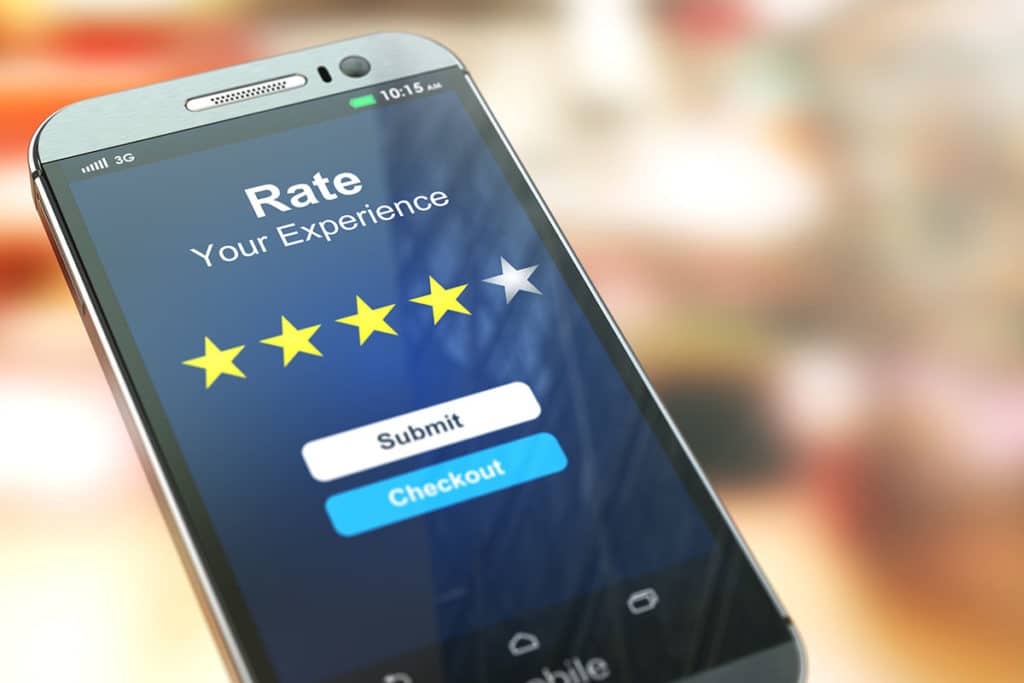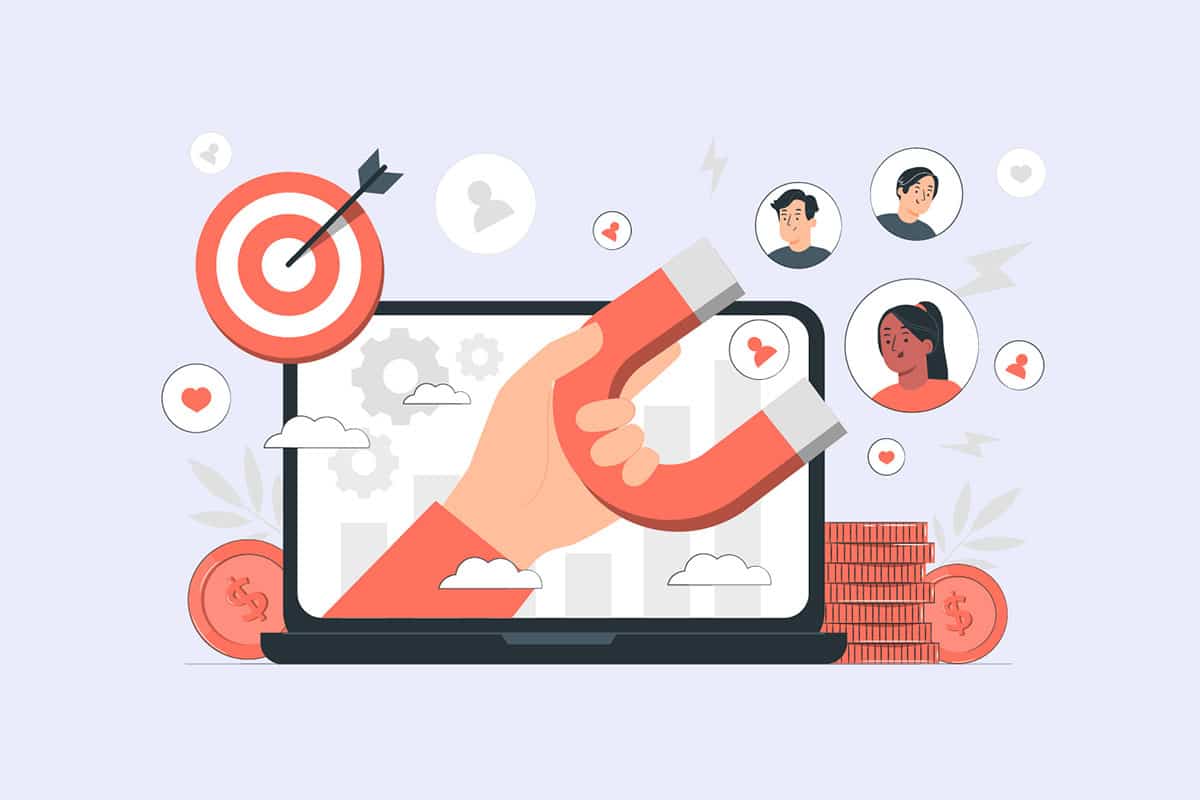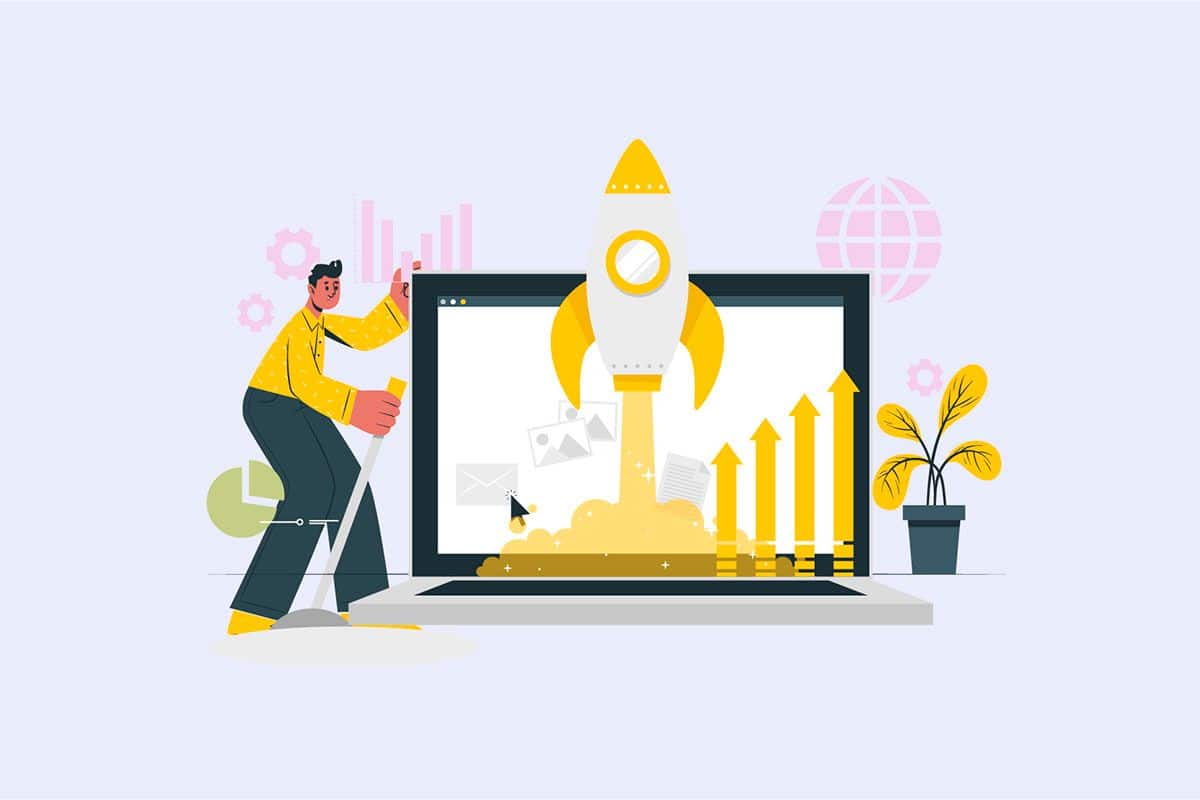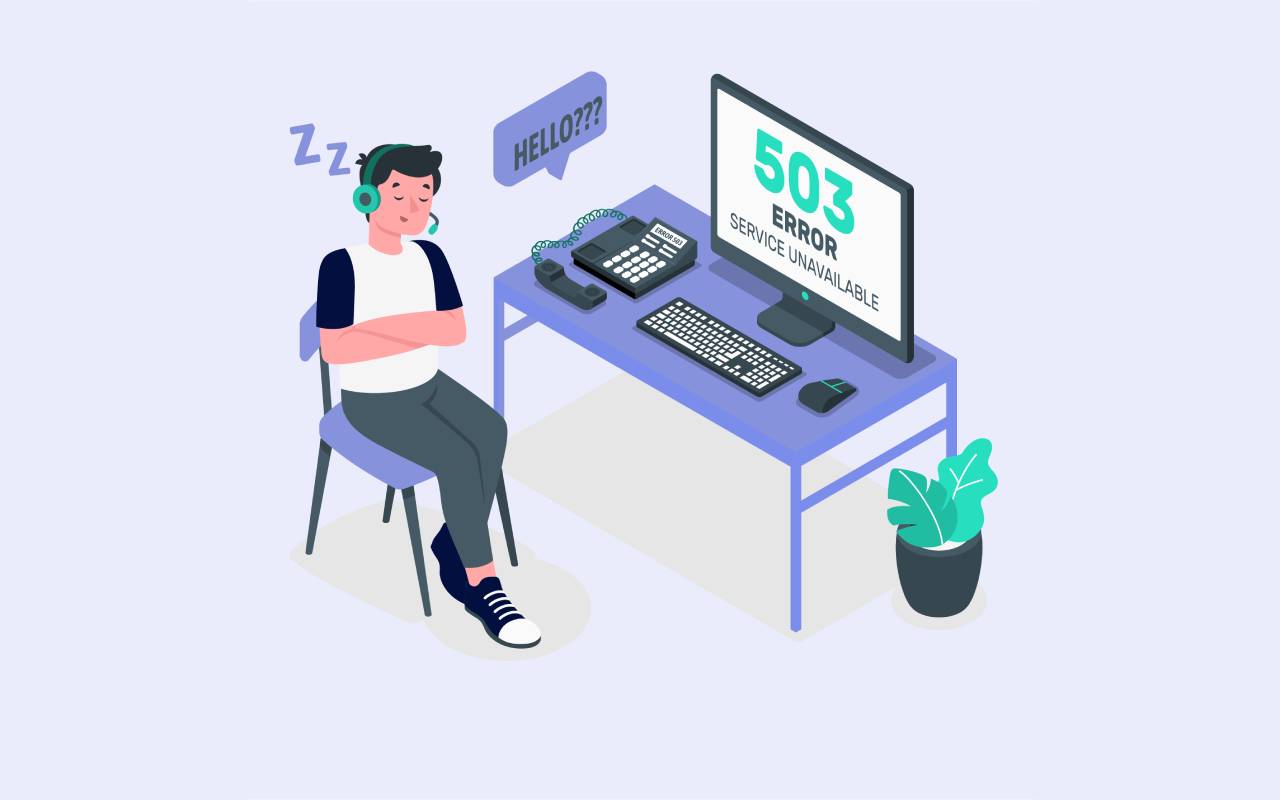Acquiring new customers is increasingly expensive. Retaining your customer base should therefore be your priority. After all, you have a 60 to 70% chance of selling to someone who has already placed an order with you. The probability of selling to a new prospect is between 5 and 20%. To measure and optimise the profitability of your existing customer base, use the LTV indicator (customer lifetime value) or customer lifetime value. We decipher it in this article!
What is lifetime value, or LTV, and how is it calculated?
The lifetime value(LTV) or customer lifetime value (CLV) is the amount of profit a company generates during its business relationship with a customer.

What does LTV mean for your business?
It is an indicator that assesses the profitability of your customers over the long term. Calculating your LTV will be useful for making strategic decisions on 3 areas of your business:
- Marketing: what acquisition budget to define and how to allocate it?
- Customerretention: how can you retain your customers and at what cost?
- Product: how to offer the product that meets the maximum expectations of your customers?
Why include LTV calculation in your KPIs? Customer lifetime value is crucial, as it allows you to forecast your long-term turnover and to anticipate the costs of your marketing actions oracquisition budget.
How to calculate your customer lifetime value?
There are several ways of calculating LTV, some more complex than others:
LTV = value of the customer x average life of the business relationship
The value of the customer is obtained by multiplying thepurchase frequency (number ofpurchases made by the same customer over a year) and the average basket (number of orders divided by the number of unique customers ).
The average customer lifetime, or customer average lifespan is the most complex data to evaluate since it depends on your sector of activity and your business model. If your market is a one-off niche, the CAL will be 1 to 2 years. For shops whose products are regularly renewed, take three years as a basis for calculation.
Mathematically, you improve your LTV by increasing the value of the customer and his average lifetime. How can you improve your retention rate? Let's first identify the elements that extend the duration of the commercial relationship between the customer and the company.
What factors directly influence the longevity of a client?
Customer experience, the challenge with multiple benefits
Today, a customer does not buy a product, but an experience (customer experience). From the advertisement they see to the handwritten message in the package, you need to take care of your customer to make them feel valued. Here are a few ways to explore to optimise your retention rate.

A seamless shopping experience
Make the path from the ad to the checkout page as simple as possible. If thepurchase steps are too numerous or laborious, the customer will be discouraged and buy elsewhere, which has an even greater impact on your acquisition rate. Optimise your e-commerce site with clear buttons, explicit product sheets and a well thought-out UX to facilitate conversion.
Fast delivery
Specify delivery times that meet or exceed your customer's expectations. For example, have you ever noticed that Amazon advertises a later delivery date than the actual delivery date?
A quality product
The winning combination for your online shop is a good product coupled with accurate and effective marketing. Enrich the customerexperience with free content that accompanies the use of their product: tips, tutorials, blog posts, etc.
Reviews from your existing customers
Convinced customers are the best ambassadors for your company! Your customers ' opinions influence a prospect's decision and therefore play a role in your conversion rate. For your business, customer reviews will help you gain insight into the quality of your products and services.

Mentions of your brand
You don't need aggressive advertising everywhere, publishing content without looking for direct profitability will directly serve your notoriety. According to your persona, be present on a maximum of social networks with exclusive, regular and branded content. Become an essential part of your future customers' daily lives.
At the marketing level, how can you act on these factors to improve your LTV?
Now that we have seen the different factors that impact the life of your customer relationship, let's look at the marketing avenues to improve the value of that customer.
Setting up an affiliate system
Affiliate marketing increases your customer 's appreciation of your brand and turns them into ambassadors. You generate additional sales without adding to your workload.
Rely on powerful word of mouth
You can offer your customer to share the products of his order with his friends. The result is a discount on their purchase after sharing or a credit note to spend on your site.
Suggesting your shop to affiliates
Affiliate marketing platforms allow you to connect companies with advertisers who will relay your offers. You will meet affiliate professionals who will be very effective in promoting your products and increasing your conversion rate. You multiply your sales with a minimal action on your part, your CLV will be improved, but this calculation promises youacquisition as well.
Exploiting your email list
By definition, people who have signed up to your list are qualified prospects. They are interested in your brand. If you take care to segment your email list properly, it will be extremely effective in generating sales.

Alternate between sales emails and those that provide value to your target audience.
Use the segmentations of your email list
Divide your audience into different categories to communicate accurately with the different profiles on your list. The more criteria you have, the more impactful your message will be. Choose the most relevant ones for your business:
- Category of products purchased ;
- Average basket size ;
- Acquisition channel (SEA, SEO, social networks, etc.) ;
- By profile (age, gender, interests).
Refine your email sequences based on previous purchases
A purchase is an excellent excuse to stay in touch with your customer. Use this opportunity to personalise their experience to drive a sale. For example, if your customer buys product A, schedule an email to be sent a few weeks later to find out what they think of the product. Offer to enhance their experience with a complementary product B.
Don't be afraid to send emails to your customers! Automated campaigns will allow you to maximise your turnover and the duration of your commercial relationship, thus your LTV (Customer Lifetime Value).
Focus on subscription sales
By definition, the subscription greatly increases the value of your customer, as sales are automatically validated at regular intervals. This ensures a regular and renewed turnover and continuity of service for your customer. There are several types of subscriptions depending on your product and industry! For example:
- Consumables subscription ;
- Premium subscription for a better experience;
- Subscription in exchange for a monthly product ;
- Etc.
Develop your V.I.P. club
Offer premium services or products. This marketing idea allows you to federate a real community around your brand, since the feeling of belonging to a "tribe" is a powerful driving force forpurchases. On the menu of your V.I.P. programme, propose exclusive offers, exceptional products, gifts or access to events related or not to your shop.
Improving LTV by optimising costs is possible: how?
Maximising Lifetime Value means putting the customer back at the centre of your strategy. We have just reviewed the ways to increase your customer 's value and lifetime value. But all these actions have a cost. How can you minimise your costs while increasing your CLV (Customer Lifetime Value)?
By reducing the costs of your products
Lowering the costs of your products allows you to offer a better price to your prospects, or to build a cheaper offer in general to encourage them to buy more units, for example. Moreover, with lower costs on your products, you can also invest these savings in the customer experience: better packaging, a gift from X€ of order, etc... Concretely, you have two solutions to optimise your selling costs.
Renegotiate prices with your suppliers
If you have one or more suppliers to whom you are particularly loyal, open a price discussion. Whatever your source of supply, a few months of loyalty or a few thousand euros worth of orders can be enough to renegotiate prices!

Buy in bulk to benefit from economies of scale
Build up a stock and make money by taking advantage of the wholesale price. The unit cost will be reduced and will mechanically increase your margin.
By increasing the average basket
Lowering the price of products is a start. Increasing the average basket allows much more freedom of action on your side. Explore this possibility to improve your LTV. How do you get your customer to increase the amount of their basket?
Boost your sales with discounts
Promotions on your website, on your advertisements or in your newsletters will inevitably lead to larger purchases. For example, offer X% discount forpurchases of X€ or more.
In addition to these pre-sale promotions, think about offering other products in upselling and cross-selling. An additional or complementary product to those already in the basket could significantly increase your average basket... And therefore your Customer Lifetime Value!
Increase your free shipping threshold
This is an interesting strategy to facilitate impulse buying and increase your average basket. Psychologically, it will generally be more acceptable for the customer to buy an additional product at £20 to benefit from free delivery than to pay £6 for delivery, for example. To set this free delivery threshold, calculate your average basket before promotion. If it is £75, then set the free delivery threshold at £100 for example. You will mathematically increase your average basket and your turnover in the process.
Sell more units with special offers
Think of 3+1 free promotions: you will sell more units without any additional cost (especially if you couple this idea with bulkbuying, the benefit will be multiplied).
How to choose your areas for improvement and how to analyse your results
You now have a few avenues to explore to increase your CLV. But don't forget that all these actions must be configured according to your sector of activity, your target and many other criteria specific to each entrepreneur! Record each of your actions and take the time to analyse them to assess their effectiveness.
Make the most of your tracking data
Underestimated, tracking solutions will allow you to visualise the effect of your actions and their results on your LTV. Accumulating data without cross-referencing it with other indicators is a waste of a great potential for progress. It is not enough to calculate the LTV to see it increase, it is necessary to identify the sources that allow these evolutions and optimise them.

In addition to better understanding your business and customer lifecycle, you will be able to correct flaws in your business model and spot market opportunities. Segment your email list and distribution channels as much as possible.
Collect your customers' opinions, they are precious! What do you need them for?
In order to improve your CLV, you should obviously focus on the numbers. But don't neglect your customers' feedback. Collect their testimonials regularly and create opportunities to exchange with your target. By asking the right questions, you will get real keys to optimise your online shop...
Establish contact after your customer's very first order. This first purchase is relatively difficult and risky for them, so pamper them by gathering their impressions and reassuring them! The more successful their first experience with your online shop is, the more likely they will be to order again (and to tell their friends and family about you, especially if you set up a shopping cart sharing or affiliation system).
Improving products through reviews
Even if you feel that your product is the best, your customer is the only final judge. Several reviews of the same products will show a trend and help you adjust your strategy. Either by making a product in your online shop the winner, or by changing suppliers...
Stay tuned to respond to your customers' requests. Your catalogue will be relevant and your LTV will be positively affected!
Making the buying process more fluid thanks to feedback
It's hard to see in real time what works and what doesn't. Take every opportunity to ask your prospects and customers what they like and don't like about theirbuying experience. They will be able to share the barriers topurchase. You'll then have valuable insights into how to make theirbuying journey smoother.
Think also of CRM tools to facilitate the follow-up of the most frequently recurring testimonials and the most popular promotions. You can cross-reference this information by buyer profile, deduce trends and better target your marketing tools for your next campaigns.
Turning a complaint into a buying opportunity
It is essential that you do not let a complaint or claim go unanswered. How do you recover a customer who is frustrated by their experience? Try to channel the problem, offer a solution to repair the damage. Be polite and empathetic. Your appropriate response may already have the effect of calming the person you are dealing with.
When you agree on a solution, turn a complaint into a great experience for your customer. Offer them a significant discount, on a product or an order, even if it is not profitable for you. Your customer will feel valued and will take advantage of this unique opportunity to order again and talk about you to others... for the better!
Conclusion: how to maximise LTV by activating strategic levers?
Retention costs your business less than acquisition. Maximising LTV means optimising all aspects of the customer experience so that they buy more and stay with you as long as possible. To calculate the LTV, we have identified 2 levers of action:
- Increase the value of your customer through quantifiable marketing actions. The goal? To encourage your customer to place new orders and increase the value of each basket.
- Extend the life of your commercial relationship: to ensure that your customer buys from you for as long as possible, pamper them before and after the sale with actions that are easy and inexpensive to implement... Put the customer experience at the centre of your strategy.
Acting on these levers to maximise your lifetime customer value is not enough. Take the time to use your tracking solutions in depth. You will see the effects of your actions, which will allow you to fine-tune your strategy and build even sharper marketing campaigns.




